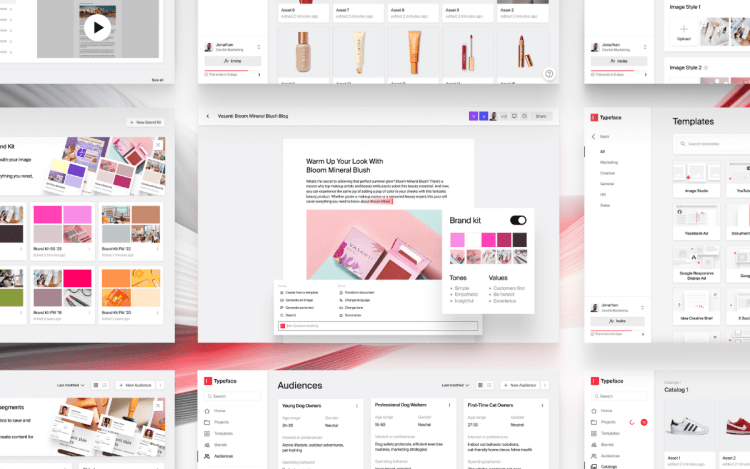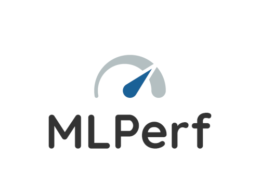As the competition in the market for generative AI content creation tools intensifies, Typeface has officially launched its cutting-edge multimodal AI content hub for enterprises. In a field dominated by startups like Jasper and Writer, as well as tech giants Google and Microsoft, the new AI content hub provides a wide range of text, image, audio, and video capabilities to brands. It also enables organizations to leverage AI models from renowned platforms such as OpenAI, Microsoft, Google Cloud, and various open-source platforms.
The launch of Typeface’s AI content hub follows their recent integration with Microsoft, which allows their generative AI technology to be embedded into the Microsoft Dynamics 365 Customer Insights platform. This integration comes a year after Typeface emerged from stealth mode, having raised an impressive $165 million in funding. Previously, Typeface partnered with Salesforce to aid in the development of customized content within the Salesforce marketing cloud.
A Multimodal Hub for Marketers and Salespersons
Abhay Parasnis, the founder and CEO of Typeface, highlighted the differentiating factor of their offering compared to their startup competitors. While most competitors focus on a single modality, such as text, Typeface provides a comprehensive multimodal hub. This hub allows marketers and salespersons to access all the essential modalities of content, including text, images, and videos, within a single solution.
Additionally, Parasnis emphasized that Typeface’s AI models are trained on each customer’s specific data, content, and customer behavior, enabling a more accurate and tailored content creation process. In contrast, popular platforms like ChatGPT may have global training data but lack the understanding of individual company products, customers, audience, and brand voice.
A Focus on Safety, Security, and Authenticity
One key aspect where Typeface distinguishes itself is in its commitment to safety and security. Parasnis emphasized that any content uploaded to Typeface’s platform remains the property of the respective company and does not leak back to the larger platforms. This provides enterprises with greater control over their content, ensuring compliance with copyright regulations and safeguarding sensitive information.
Moreover, Typeface recognizes the importance of content authenticity by ensuring that their AI models are trained on genuine and reliable sources that matter to each individual customer. This instills confidence in enterprises, as they can trust that the content produced aligns with their desired quality and brand image.
Parasnis pointed out that enterprises are now transitioning from an experimental phase of generative AI to a more strategic focus on generating ROI. He identified two primary concerns voiced by customers: efficiency and revenue growth. Marketers are under pressure to achieve more with limited resources, making the efficiency of content creation a priority. Simultaneously, enterprises are leveraging the power of generative AI to drive top-line revenue growth, with major companies already witnessing tangible business results within a short span of time.










